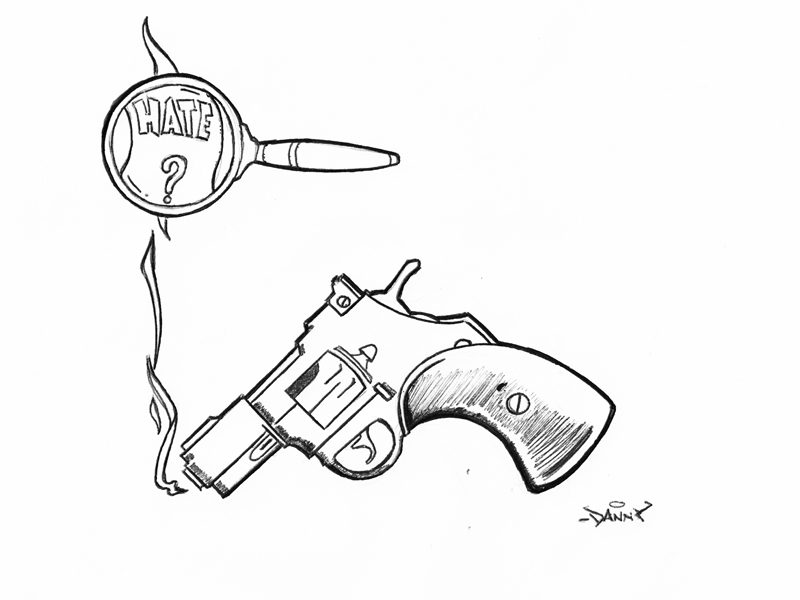
Last year on Nov. 23, a 17-year-old African American teenager was with friends while parked at a convenience store when he was fatally shot by a white man named Michael Dunn. The teenagers were blasting loud music and Dunn got into an argument with them, insisting that they lower the music. He claimed he saw a gun pointed at him from the back window, so, feeling threatened, he grabbed his own gun in his glove compartment and shot eight rounds at the car. The problem with Dunn’s argument is the police never found any weapon in the teenagers’ possession. The jurors have found him guilty of three counts of attempted second-degree murder and one count of firing shots at a vehicle with people in it.
People should not assume it was a hate crime just because of the races of the parties involved. But considering the nature of mass media, it was a heavily covered case just because it could potentially have been a hate crime involving a white man and an African American man.
The legal process ran its course like it did in any other case. Yes, the man who shot was a white man, and the victim was an African American teenager, but this did not necessarily mean Dunn acted out of racial prejudice or hatred. Maybe he did or maybe he did not, but the overall jury was not able to decide in unison that it was a hate crime.
A hate crime, as defined by the Department of Justice, “is the violence of intolerance and bigotry, intended to hurt and intimidate someone because of their race, ethnicity, national origin, religious, sexual orientation, or disability.” For any crime to be labeled a racial hate crime, there should be significant evidence that the perpetrator acted out of racial prejudice or hate and his or her motives were drawn from that.
There was limited evidence to show that Dunn acted violently due to racial prejudice, so labeling his case as a hate crime would be too judgmental. The jurors are among the few that had access to the most information as to what actually happened. Members of the jury, who represented a variety of ethnicities, after the trial agreed that they never really saw a reason to consider race as a major factor in the case and that they never considered it in their end decision. If the majority of jurors saw no concrete reason to consider race as a factor of the trial, then those who were outside of the trial proceedings and know less of what actually happened should also see no reason to consider race as a factor.
The defendant said he saw a gun pointed at him from the teenager’s vehicle but the problem with his testimony is the police never found any gun. This leaves the beckoning question of whose story is the truth? Disregarding the races of the two people who were involved, Dunn still should not have acted as violently as he did. There could have been other ways of handling the situation and due to his actions he will pay for his crime.
For those who believe that the legal system is incapable of judging a crime like this fairly, previous trials have shown that when evidence exists that the motive of a crime is racially based, our justice system has made sure justice is served. For example, recently at San Jose State University, three white students were charged with hate crimes because of physically and verbally abusing their African American roommate. There was sufficient evidence to support the claim that a hate crime had occurred, thus the justice and legal system did act fairly and punished the three students.
For Dunn’s act to be considered a crime from a specified hate crime, there needs to be sufficient evidence to support the claim. The evidence showcasing even the faintest hint of prejudice came after the incident in the form of letters he had written in jail while his trial was ongoing. This is not enough to fully prove that his actions were solely racially based. Michael Dunn’s crime was detestable and he will be punished for it by serving time in prison for decades. But at the end of the day it was not a hate crime.








